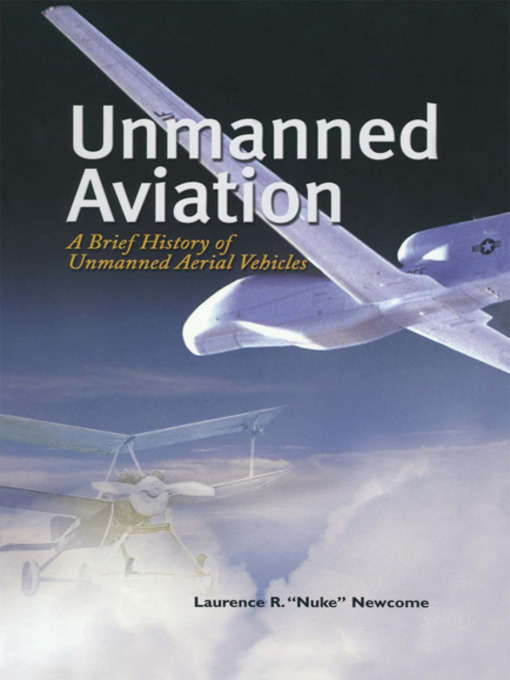The term unmanned aerial vehicle or UAV came into general use in the early 1990s to describe robotic aircraft. Some are as large as a football field, others can take-off and land on one, and the smallest can easily fit inside the ball itself. These unique aircraft offer a means for man to fly missions in places that are too dull, dirty, or dangerous for manned aircraft, such as in combat today or over other planets tomorrow. In the recent international conflicts in the Middle East, Afghanistan and Eastern Europe, these devices have been used to great effect in the reconnaissance role and latterly to complement ground-attack fighters. In front-line combat situations, the use of these craft has played a vital part in reducing the fatalities of aircrew and the loss of sophisticated and expensive aircraft. Their future in the military role is now secure. However, very few people appreciate that development work on this concept started midway through the nineteenth century and well before man first took to the air. Developments took place during World War I, and various craft were used during World War II, but few of the military hierarchy were enthused, and many ingenious projects lay dormant. This is the story of how today's ultra sophisticated UAVs such as Predator and Global Hawk, have taken nearly 150 years to evolve from mans first attempts to grasp the theory and practicalities of flight.
-
Description
-
Details

Kindle Book
- Release date: February 1, 2005
OverDrive Read
- ISBN: 9781473820142
- Release date: February 1, 2005
EPUB ebook
- ISBN: 9781473820142
- File size: 14370 KB
- Release date: June 5, 2014
Formats
Kindle Book
OverDrive Read
EPUB ebook
subjects
Languages
English
